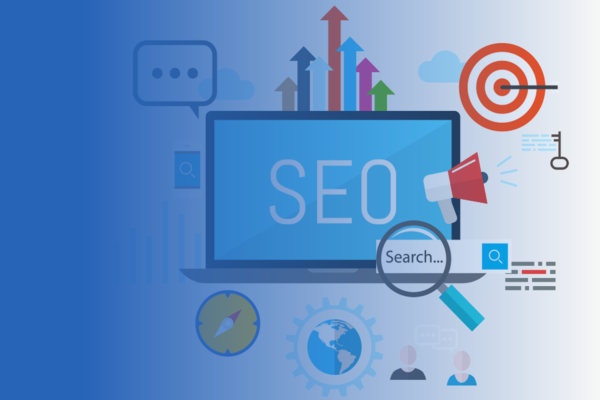
Improve the CTR of your top-ranking pages
The title tag is the HTML element used to specify the title of a webpage. Here’s how it looks like when you do a Google search.
Now, Gary Illyes of Google has explicitly said that CTR is not a ranking factor. But, many SEOs still believe that CTR plays a part in your rankings.
Either way, it doesn’t matter. The purpose of ranking #1 is to get visitors to your page. If you can write a title tag that persuades people to choose your page over the others, you’ve won.
2. Optimize the page speed of important pages
Ever click through to a page that took ages to load?
If you’re anything like me, you probably clicked the back button and tried your luck elsewhere. In 2010, Google said page speed is a ranking factor. With mobile-first indexing, page speed has become even more important.
So yes, if you haven’t gotten the memo by now, slow pages are bad for business and SEO.
To check your speed, you can use Google’s PageSpeed Insights tool (No charges!)
3. Refresh content with diminishing traffic
During a content audit we performed last year, we saw that organic traffic to one of our posts—a list of the top 100 Google searches—was decreasing.
This page targeted a good keyword (“top Google searches”) with 3,600 monthly searches in the US.
4. Fill content gaps in existing content
People search for the same thing in many different ways. Google understands that and ranks a nearly-identical set of results for many keywords. According to our study, an average #1 ranking page will also rank well for about 1,000 other relevant keywords.
5. Replicate back links from outdated, low-quality pages
Searched for a term in Google,Clicked through to the #1 result;
Found an abysmal piece of content that did not answer your query.
You wondered to yourself, “how in the world is this ranking #1?”
Well, there’s good news. These kinds of results are opportunities.
Think about it: if these poor pieces of content can get tons of high-quality links and rank in Google, so can you.
You just need to have something better. And if you regularly refresh your content, chances are: you already have something better.
All you have to do is to find these inferior pieces of content (that have lots of links) and get the people linking to them to link to you instead.
6. Boost pages with internal links
Internal links are links from one page on the same domain to another.
When used strategically, internal links can help boost the performance of pages in the search engines.
Why? Because internal links aid the flow of PageRank around your site. Generally speaking, the more internal links a page has, the higher its PageRank. And PageRank is a confirmed Google ranking factor.
7. Fix broken back links coming to your site
Broken back links are broken inbound links from other websites.
These usually occur because:
You deleted or moved a page that has back links;
The linking site made a mistake when linking to you.
This isn’t ideal.
Think about it: if you have broken pages that many sites are linking to, not only are you losing potential referral traffic, you’re also losing the “link equity” from those links.
Therefore, you should fix this.